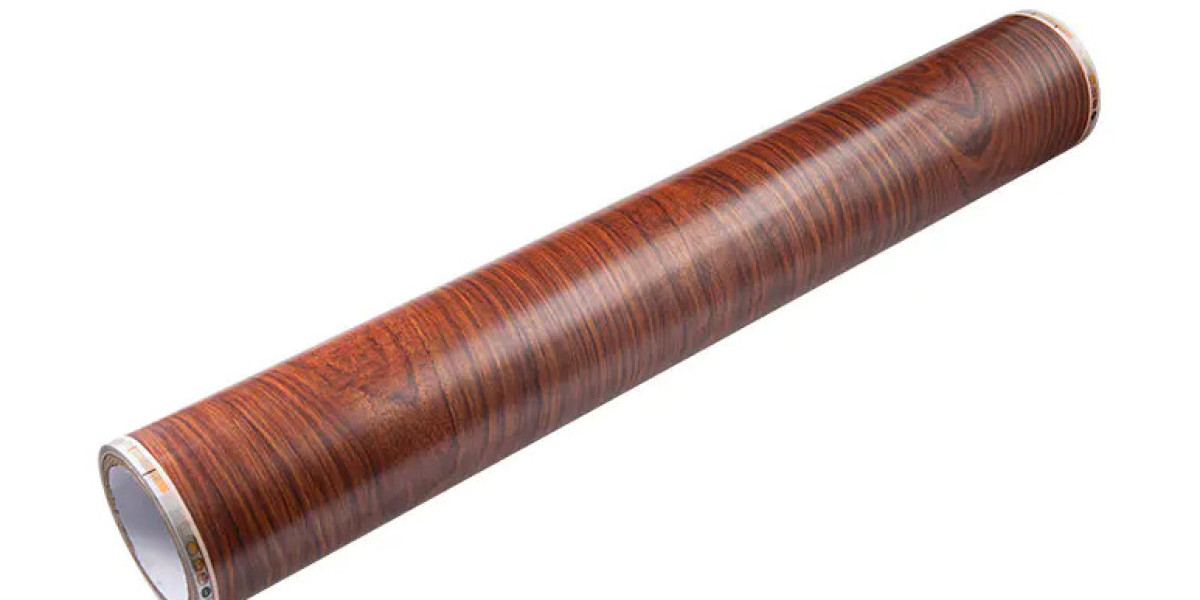Abrasion Resistant Hot Stamping Foil combined with Heat Resistant Wood Grain PET Hot Stamping Foil provides manufacturers with a balanced decorative solution for engineered wood and composite materials. Many production teams evaluate these two materials together because they contribute distinct attributes: stable grain appearance under heat and steady touch performance for daily use. Their integration into different stamping systems supports a uniform decorative outcome across diverse products.
Wood grain PET material is chosen for applications where pattern clarity must remain stable during thermal pressing. Its layered structure keeps grain lines visually consistent, making it reliable for panels requiring long, continuous decoration. Abrasion-oriented films differ by offering textured surfaces that remain smooth and stable even when the product experiences repeated handling.
Technicians focus on the controllability of temperature, pressure and timing when applying the foils. Standard hot stamping machines accommodate both materials, and minor parameter adjustments are usually sufficient. Because the foils share similar processing behavior with other PET films, they reduce the learning curve for newly trained operators.
Multiple substrates support these foils effectively. Panels used for cabinets, interior trim, wall cladding and compact storage products can adopt a wood grain finish without requiring extensive pre-coating. The foils bond consistently and help maintain a unified appearance across matching or coordinated product lines.
Design aspects also play a major role. PET wood grain films come in a range of colors and pattern variations, offering manufacturers freedom to align their product with different interior styles. Abrasion-oriented films help maintain smooth touch quality on areas that users encounter frequently, creating a complementary relationship between visual and handling performance.
Market demand for warm visual tones continues to grow, especially in home decoration and lightweight consumer goods. By utilizing both foil categories, factories can create functional surfaces that align with these aesthetic trends. This balance between appearance and controlled performance is one reason these foils maintain long-term relevance.
Hot stamping techniques remain practical in large-scale manufacturing. With controlled operations and straightforward integration into existing production lines, the two foil types support steady output and help manufacturers maintain quality consistency across batches. Their utility ensures they remain among the commonly used materials for decorative industrial components.














